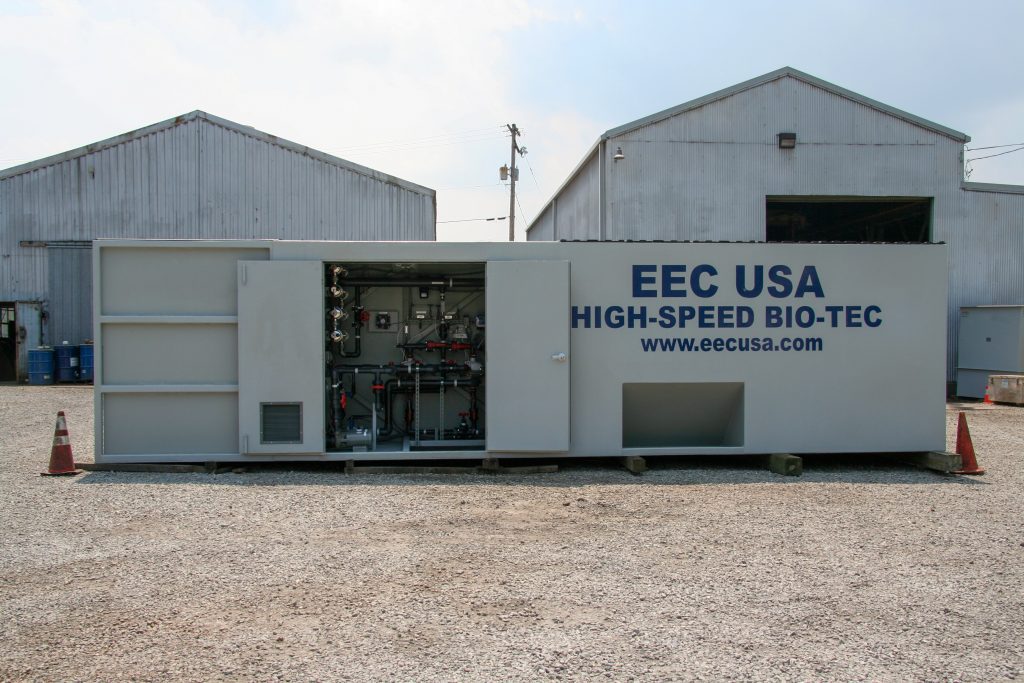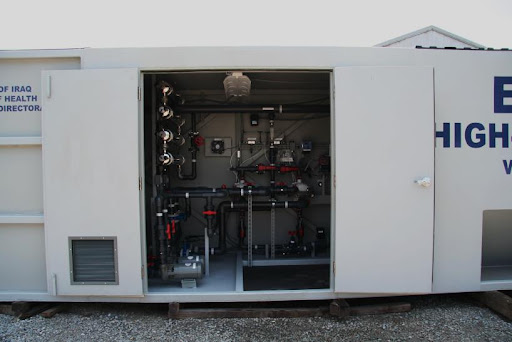EEC USA
Moving Bed Bio Reactors
PACKAGE PLANTS FOR DOMESTIC AND INDUSTRIAL WASTEWATER
Moving Bed Bio Reactors (MBBR) biologically treat wastewater by circulating moving media in aerobic and anaerobic activated environments. The plastic media used has a specific gravity less than 1.0. The large surface area of the plastics provide abundant surface for bacterial growth. Biomass grows on the surface as a thin film. Increased levels of the biofilm enhance the biological treatment process by introducing a more robust microbial community to break down nutrients.

Moving Bed Bio Reactor (MBBR)
The Moving Bed Bio Reactor (MBBR) process is a state-of-the-art fixed-film (or attached growth) biological process used for wastewater treatment both municipally and industrially for BOD removal, nitrification, and denitrification. MBBR systems are an ideal treatment solution for high-strength wastewater, siting applications requiring a compact physical footprint, and applications that lack the resources for a full time licensed operator.
Advantages
- Efficient
- Shock resistant
- Bio media allows for much higher effective treatment than with traditional activated sludge systems
- Wide variety of applications
- Compact – small footprint
- Can treat a wide range of flows in a small area
- Low odor
- Low power requirements
- Easy to operate
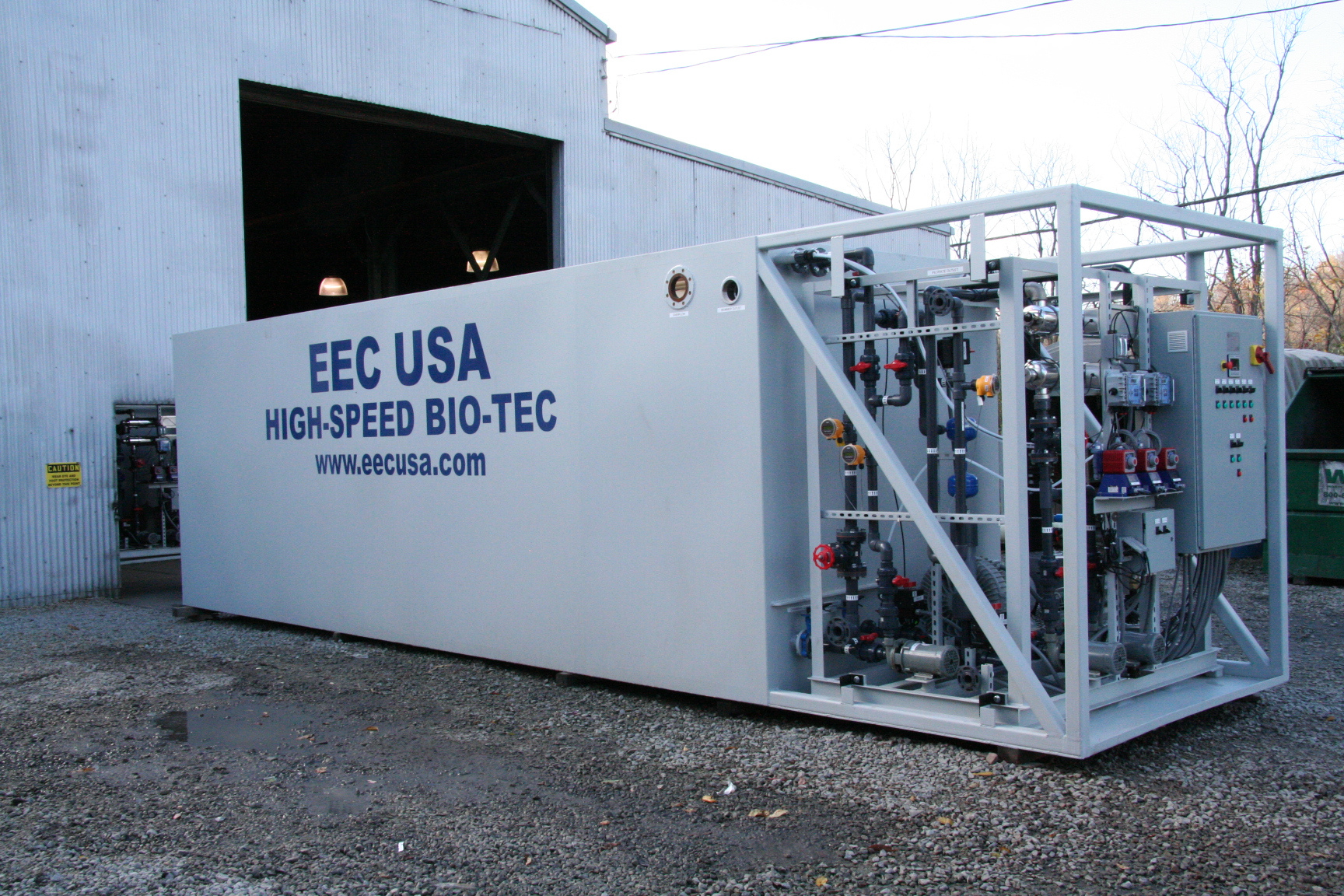
EEC Wastewater Systems
- Packaged Moving Bed Bio Reactors (MBBR)
- Designed to treat 5,000 to 120,000 gallons per day in single units, higher flows in modular, parallel operation
- Quick start-up
- Fully automatic with minimal waste
- Designs available to meet all standard regulatory effluent requirements
- Customizable to meet specialized treatment objectives
- Delivered ready to operate - require only influent, effluent, and power connections for full system start-up.

sample CON6 configuration
Modular, Packaged WWTP
- EEC Bio units are easy to transport, relocate, and expand
- Optional integrated housing, no additional cover needed
- Built or transported in standard ISO freight containers
Standard MBBR Models
MBBR system design is determined primarily by flow and targeted contaminants in the water system.
- Other contaminants can be treated with additional processes or modified systems
- Custom systems can achieve higher flows than listed for same footprint
- Nitrification & De-Nitrification are standard depending on model
- Smaller units available
AMB Bio Media
Media is the key to effective MBBR treatment.
- MBBR loaded with AMB Bio Media
- AMB Bio Media provides 950 m2/m3 Surface Area inside Waste Water Treatment Plants (WWTP)
- Provides Large Quantity of Bio Mass for High-Efficiency and Shock-Resistant System
- Clog Free Operation
- No Backwash, Minimum Service Requirements, and Minimal Waste for Normal Operation
- Consistently Meet Stringent Effluent Standards in Smaller Footprint Systems
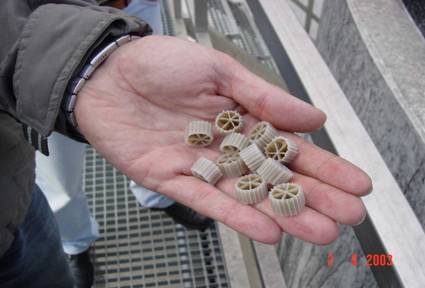
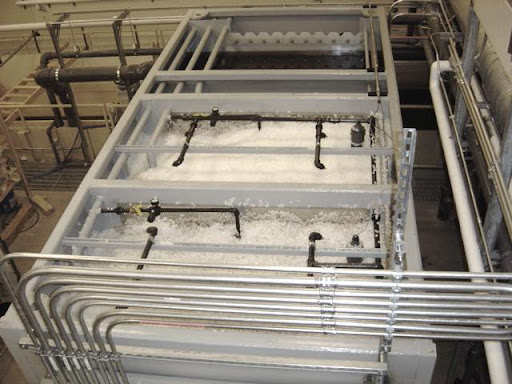
Basic Process & Results
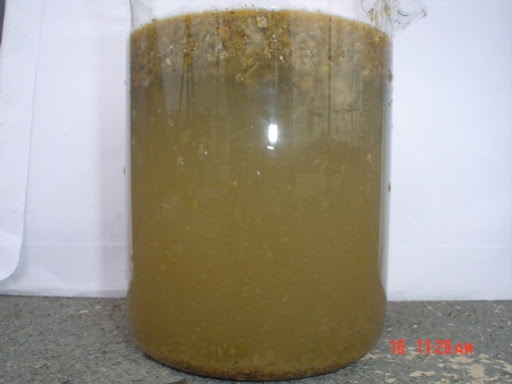
Raw Wastewater

EQ Tank
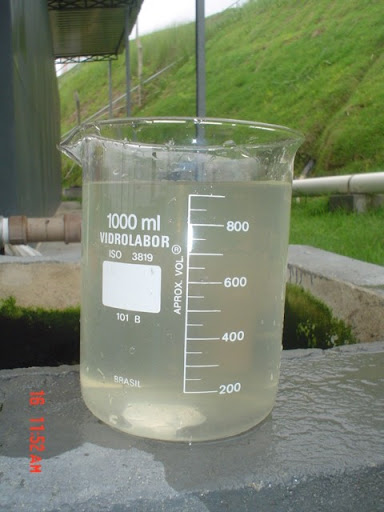
Post MBBR, No Filtration
Typical Clients and Applications
- Domestic Wastewater – Up to 2000 people
- Shopping Centers
- Camps, Military, Schools & Universities
- Condominiums & Housing Developments
- Hospitals
- Remote Locations & Islands
- Industrial Wastewater
- Farming & Agricultural
